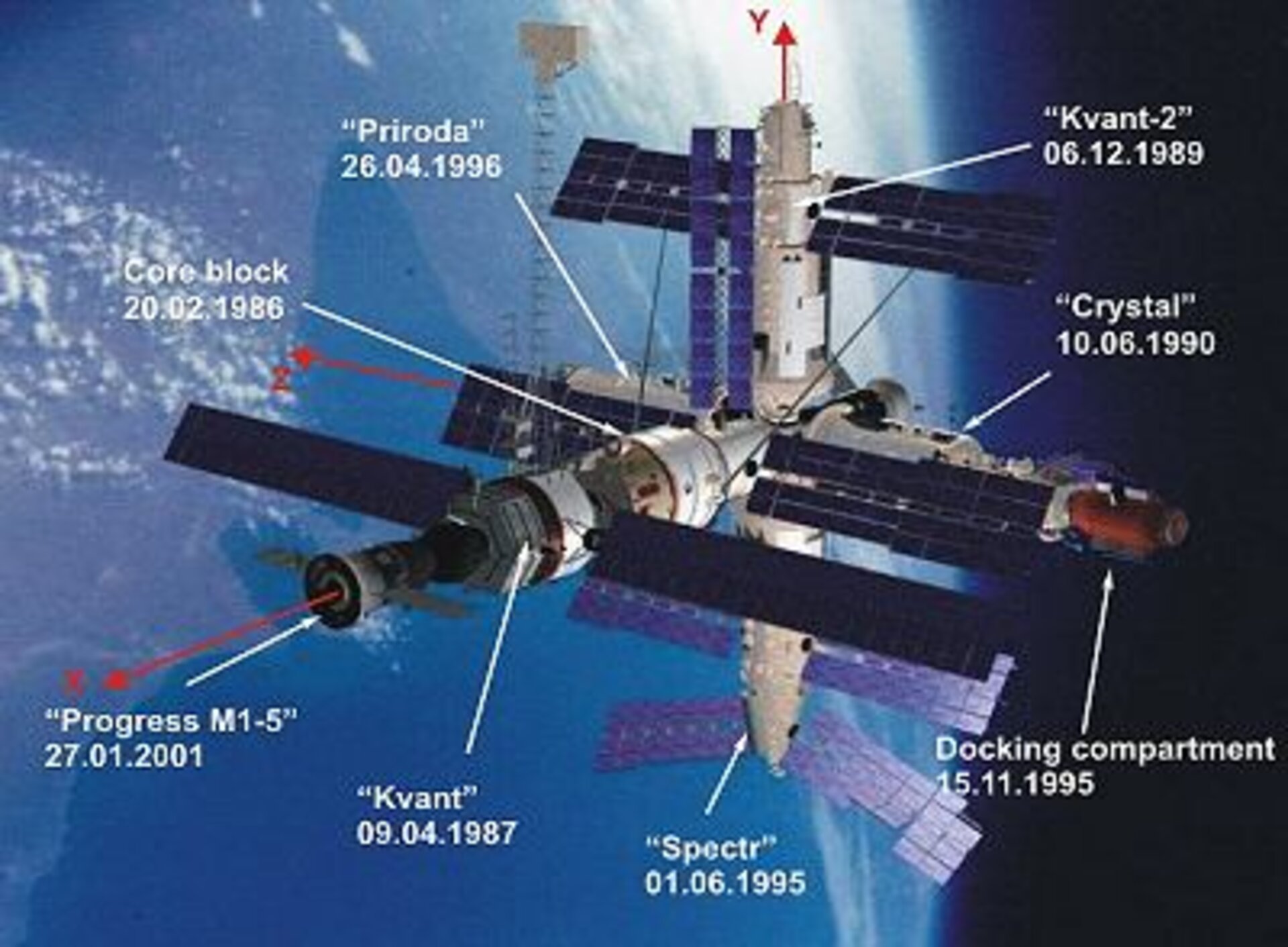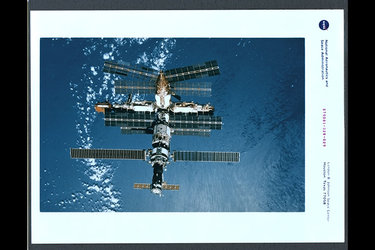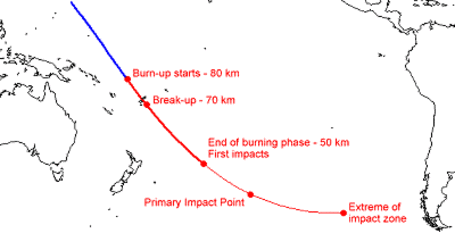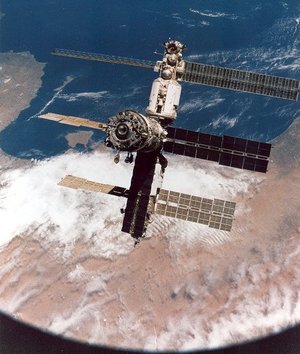Honourable discharge for Mir space station
When the Mir space station finally returns to Earth in mid-March it will have exceeded its life expectancy by 10 years. Launched on 20 February 1986, Mir was expected to stay in space for only 5 years instead of which it has now been in orbit for 15 years.
Mir has been home to some remarkable achievements. For almost 10 years, between September 1989 and August 1999, the Russian space station was continually manned and in March 1995 Russian cosmonaut Valeri Polyakov completed his epic 22 months of continuously living in space - a world record. Astronauts from more than ten countries, including several ESA astronauts, have visited Mir to carry out a wide range of scientific experiments. Mir is also the inspiration for the International Space Station, a joint endeavour by Russia, Japan, the United States, Canada and 10 ESA Member States.
Now, however, Mir is beginning to show its age and the Russian authorities have decided to bring it back to Earth. The decision on the final de-orbit procedure will be taken at the latest on 12 March by the MIR De-orbit Commission headed by Mr Koptev, Director General of the Russian Aviation and Space Agency, Rosaviakosmos. The brakeing burns will then be initiated at an altitude of 230 km, which is expected to occur during 15-21 March, and which will start the controlled re-entry of the 130 ton, 33 metre by 31 metre Russian space station. The 4 brakeing burns will be completed within 1-2 days, which results in a de-orbiting window of 16-23 March. Most of the station will burn up on re-entering the atmosphere, while the parts that survive will plunge into a remote area of the Pacific Ocean.
At the end of December 2000 ESA set up a Mir De-Orbit Monitoring group to acquire, screen and distribute information to ESA Member States during the preparation, de-orbit and re-entry phases of this critical operation. At Russia’s request, ESA will also support re-entry activities by relaying data from the FGAN radar of the German Ministry of Defence, through ESOC, ESA’s Control Centre in Germany, to Rosaviakosmos' Mission Control Centre near Moscow.







